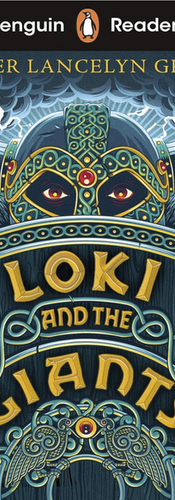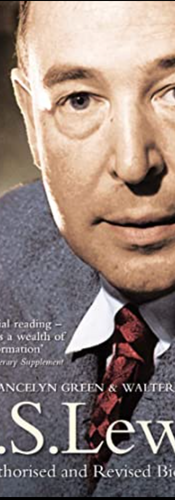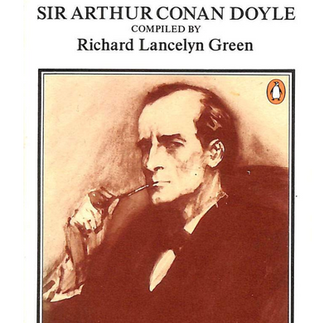Chronicles & Conspiracies
- Jackie Loxham

- Mar 28, 2024
- 4 min read
When you grow up in a quiet, unassuming English village, it’s all too easy to take it for granted. So, when family reasons brought me back home decades later, it was a shock to discover my quiet, unassuming English village had quite the story to tell. That secreted away down one of its leafy lanes was the ancestral home of a truly exceptional family. A family with world-class literary connections. And a family blighted by a death so unexpected and so perplexing that it still merits international attention and conspiracy theories twenty years later.

The Lancelyn Greens have owned Poulton Hall in Lower Bebington on the Wirral peninsula for over 900 years. Roger Lancelyn Green (1918-1987) was probably their most prominent ‘Lord of the Manor’, not just a prolific author of children’s stories inspired by Greek, Norse and English mythology, but also a writer of well-received literary biographies. Rudyard Kipling, Lewis Carroll and J.M. Barrie were just three of his subjects, but it was his life story of C.S. Lewis that was definitely his most personal endeavour. Roger had been tutored by The Narnia Chronicles author at Oxford University and the two men had bonded over their love of the written word, even going as far as sharing early drafts of each other’s work.
The academics became great friends over the subsequent years, occasionally travelling together and even staying at each other's respective homes. Local legend now has it that the iconic lamp-post in C.S. Lewis’s The Lion, The Witch & The Wardrobe was inspired by the lamp-post in St. Andrew’s Church at the centre of Bebington village. Not too hard to believe as the Lancelyn Green's founded the church in 1090, their burial vault lies just a few steps away from the lamp-post, and C.S. Lewis could well have visited it with his old friend.
Yet rather crushingly Roger makes no mention of any such a visit in his C.S. Lewis biography. Not only does he imply the lamp-post was inspired by a Kipling poem (The City of Sleep), but he also reveals that the author first stayed with him in Bebington in November 1951. This was almost a full year after The Lion, The Witch & The Wardrobe had been published.
But no matter because Roger’s other revelations are even more interesting. Namely, that he was the one who first coined the phrase ‘The Narnia Chronicles’, only for the name to ‘stick’. And that when C.S. Lewis was struggling to complete The Lion, The Witch and The Wardrobe, he could well have been ‘subconsciously’ influenced by a children’s fantasy that Roger himself had been working on. A fantasy that featured a mysterious wood, a children’s visit to an old house, and a sweet raspberry cordial-like drink that tempted one of the kids to go badly astray. And of course, in the end, The Wood That Time Forgot was never published as it was considered too like C.S. Lewis’s own masterpiece!

Roger Lancelyn Green died in 1987, but not before passing his love of literature on to his son Richard (1953-2004), in particular his admiration for Sir Arthur Conan Doyle's work. From an early age Richard was Sherlock Holmes mad, never missing the TV series and going on to collect every bit of Conan Doyle memorabilia that he could get his hands on. His collection of first editions and rare manuscripts grew over the years to become the world’s largest collection of ‘Doyleana’ with an estimated value of well over £2 million. He was personally responsible for 200 publications on Conan Doyle and Sherlock Holmes, and between 1996 and 1999, was the chairman of ‘The Sherlock Holmes Society of London’.
Yet Richard’s dedication, his obsession maybe, would also turn out to be his downfall. Promised access to some previously unseen personal papers by Conan Doyle’s daughter, he was horrified to see 3,000 items of personal letters, notes and hand-written manuscripts turn up at Christie’s auction house not long after Jean Conan Doyle’s death. Richard did all he could to prevent the 2004 sale, deeply troubled that ‘The Lost Papers of Sir Arthur Conan Doyle’ would go abroad rather than to the British Library.
Such was Richard’s state of mind that he not only believed his life’s work was in danger, but also that his own life might be too. He suspected his home had been bugged, that his reputation was about to be besmirched, and that ‘an American was trying to bring him down’. He gave his sister the names of three people and their phone numbers, telling her to ‘keep these numbers safe’.
And perhaps, just perhaps, Richard’s paranoia was justified because, just two months before the Christies auction, the 50-year-old scholar was found dead in his luxury London flat in circumstances that wouldn't have looked out of place in a Sherlock Holmes novel. He’d been garrotted, a shoelace tied around his neck into which a wooden kitchen spoon had been twisted.
Twenty years later, no one knows for sure what happened on that fateful night back in 2004. Was Richard’s death some sort of elaborate suicide, for example? This despite there being no note, the rarity, difficulty, and painfulness of such a self-inflicted death, and the fact that friends said Richard would never have done such a thing to his beloved mother, June. Certainly, homicide was impossible to prove as no forensics were ever carried out at the scene. Indeed, the coroner had little choice but to record an open verdict with the proviso that it was 'most likely' suicide. The case will only be reopened if new evidence of foul play comes to light.

There are still Lancelyn Greens at Poulton Hall, of course, the sprawling 17th century house sometimes used as a filming location and the gardens occasionally open to the public. Not that such events are ever greatly promoted in the local press. I myself was a pupil of the late June Lancelyn Green but have no recollection of her, or indeed anyone else at my school, ever mentioning her husband's literary accomplishments. Not even my English teacher. And I can't help think it sad that the final resting place of two of Bebington's most exceptional men, clearly as decent as they were erudite, is now overgrown with weeds.
• For more on the Lancelyn Greens read these New Yorker and Guardian articles. The Trail Went Cold podcast gives further insights. Graham Moore’s book The Sherlockian and Michael Mitnick’s play Mysterious Circumstances were both inspired by Richard’s unexplained death. C.S. Lewis: A Biography by Roger Lancelyn Green is available on Amazon.


















Comments